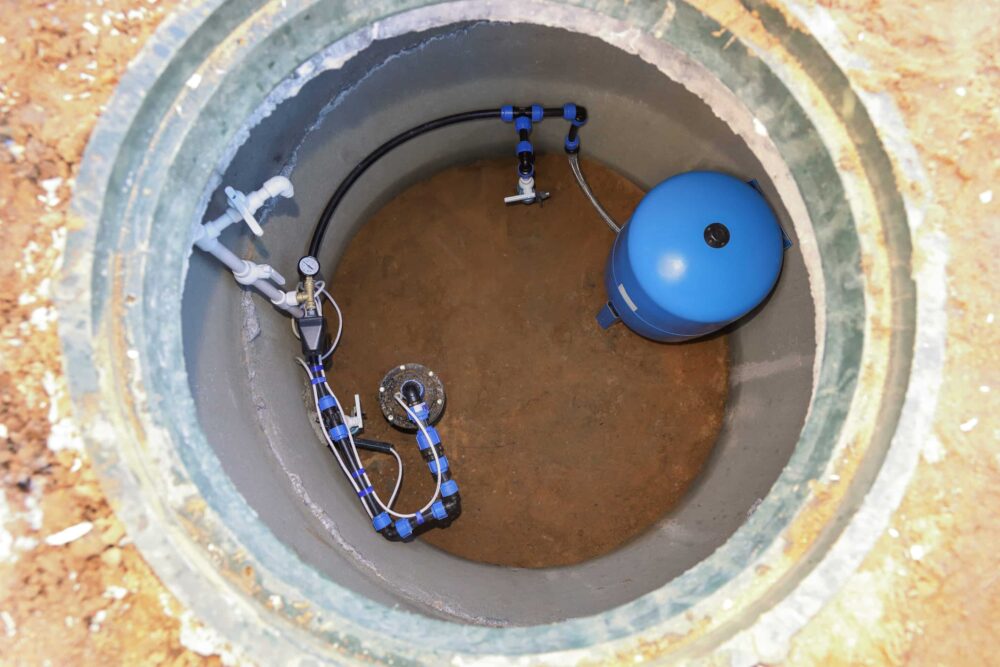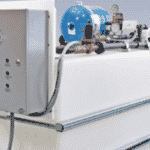If you find yourself constantly asking who used all the water and are tired of waiting for your water pressure to build back up, then you know how important it is to understand your well recovery rate.
Well recovery rate refers to how quickly the water in your well will return to its static level—that level being the depth of water in your well once the flow of water from the aquifer has stabilized and before you start pumping. This rate represents your well yield, or how much water you can expect to draw from your well before it needs to refill.
How to Calculate Your Well Recovery Rate
The well recovery rate is measured in gallons per minute (GPM). Generally, for most residential wells, a good recovery rate ranges between 5GPM and 10GPM. A well recovery rate of 1GPM indicates a low yield well.
A well yield stress test can help you calculate your well’s recovery rate. The steps for testing are as follows:
- Make sure all faucets and spigots are closed and all water-using appliances are off for the duration of the test.
- Turn on one outside hose and allow water to run until there is no more pressure.
- Turn off the hose spigot and wait two hours.
- After the two hours, place the hose in a 5-gallon bucket and turn the spigot back on; keep track of the number of gallons of water collected until you lose pressure again.
- Divide the total number of gallons collected by 120 (representing the two-hour waiting period); the result equals the approximate well yield in gallons per minute.
Note that the above test can put stress on your well so it is not recommended to run this frequently.
Not A Static Measurement
While this test gives you an idea of your well recovery rate at the time of testing, that rate can be affected by a variety of factors. For example, how long you’re pumping water and the rate at which your pump is running will affect your recovery rate. It takes longer for your well to return to its static water level after peak usage times than in off-peak times.
Other factors affecting your well recovery rate include the depth and overall health of your well; the health of the aquifer that supplies your well and the number of other wells relying on that aquifer; environmental factors such as droughts, extreme temperatures, and rainfall levels.
Steps to Improvement
You can take steps to improve your well’s recovery rate and ensure that your well – even a low yield well – meets your water usage needs. Conserving water usage is one. Other actions that can help improve your well recovery rate include:
- reducing the power and length of time you run your well pump
- inspecting your well for damages to the screen and casing; cleaning or replacing the screen if necessary and repairing the casing when needed
- removing slime deposits or iron build-up with chemical cleaning
- investing in a booster pump system
A booster pump system can collect water from your well at a constant rate so that your well is continuously refilling. This eliminates long recovery times as well as undue pressure on your well pump. The result – water when you need it and a longer lasting well pump. Contact a Well Manager water well specialist to learn more about the benefits of a booster pump system.






